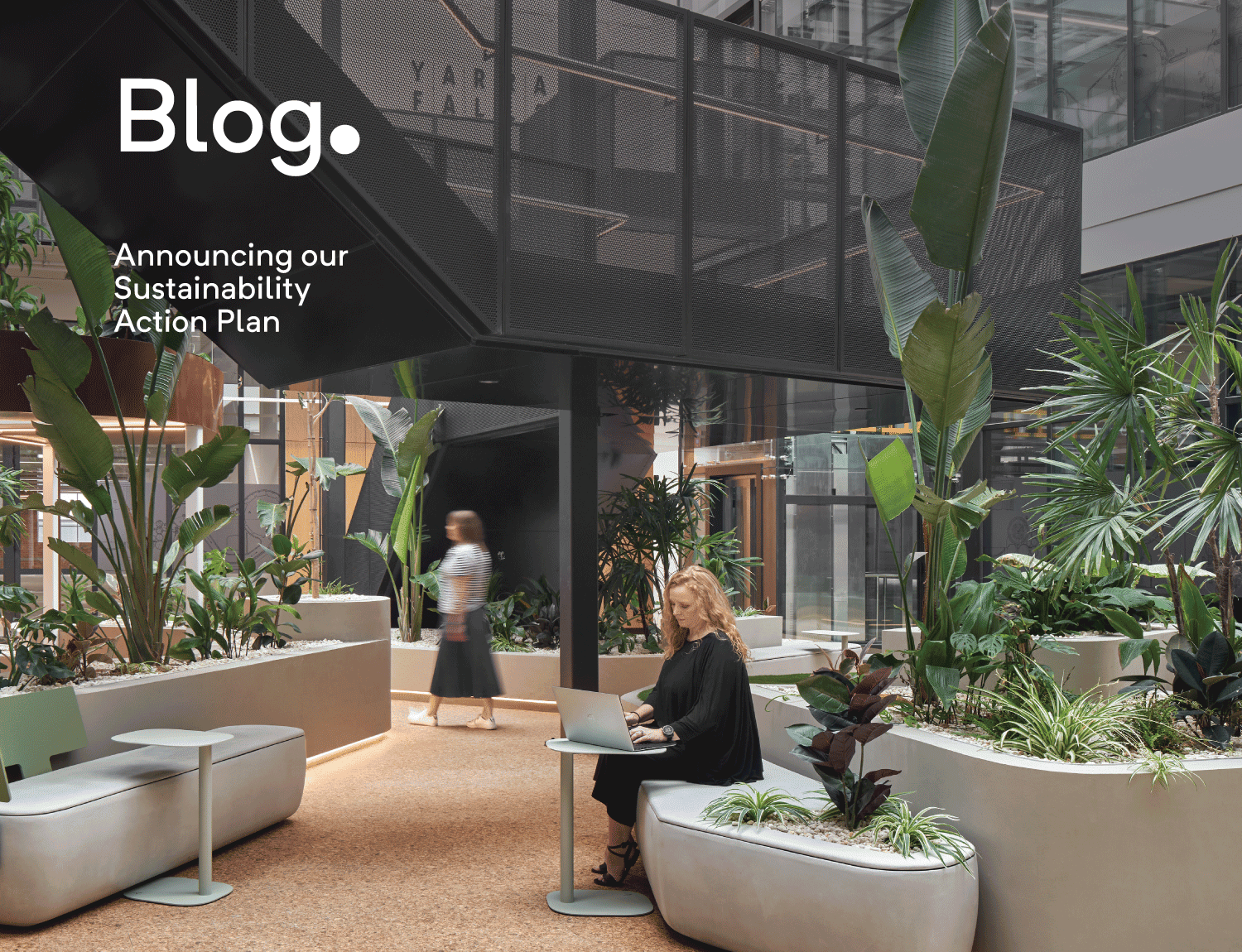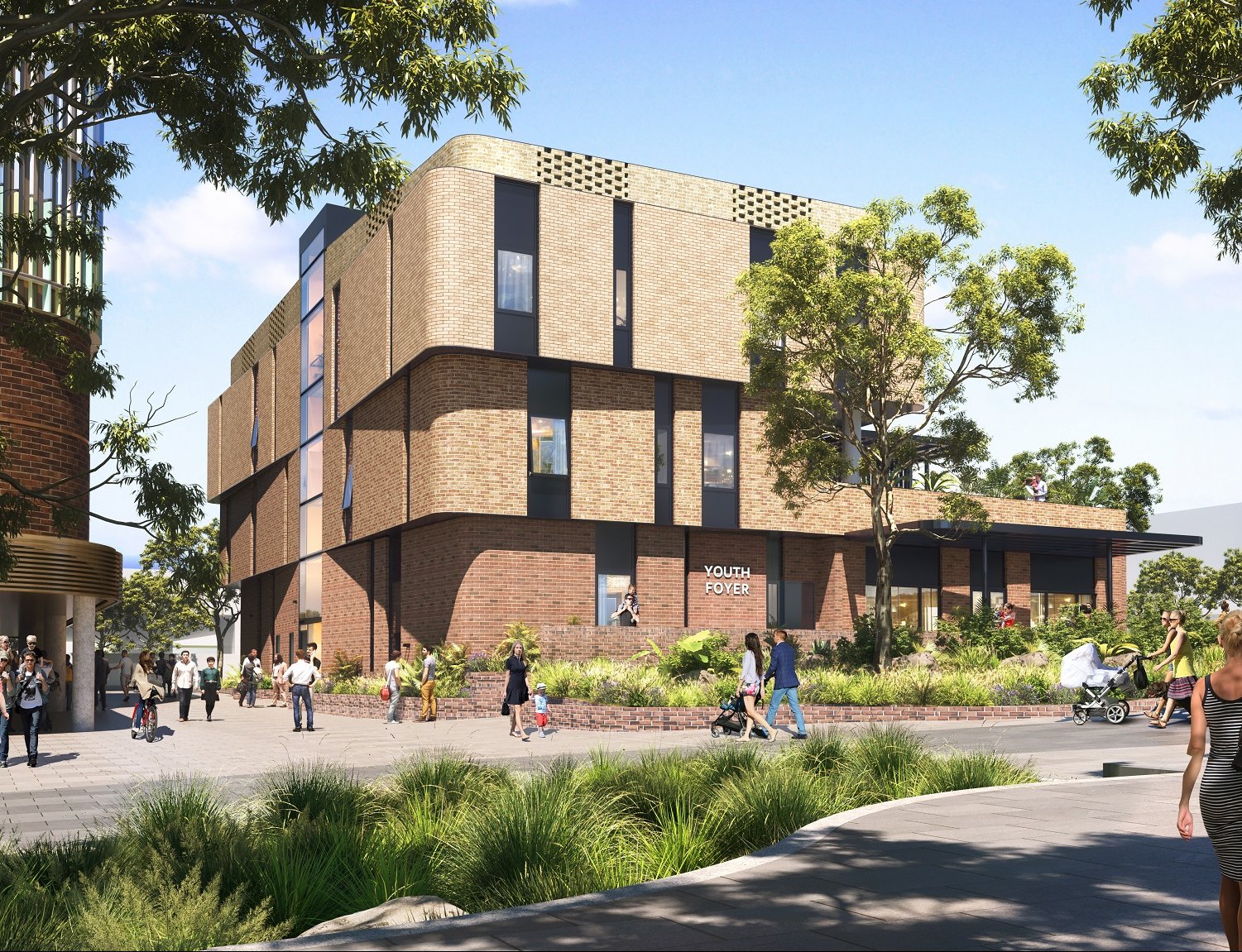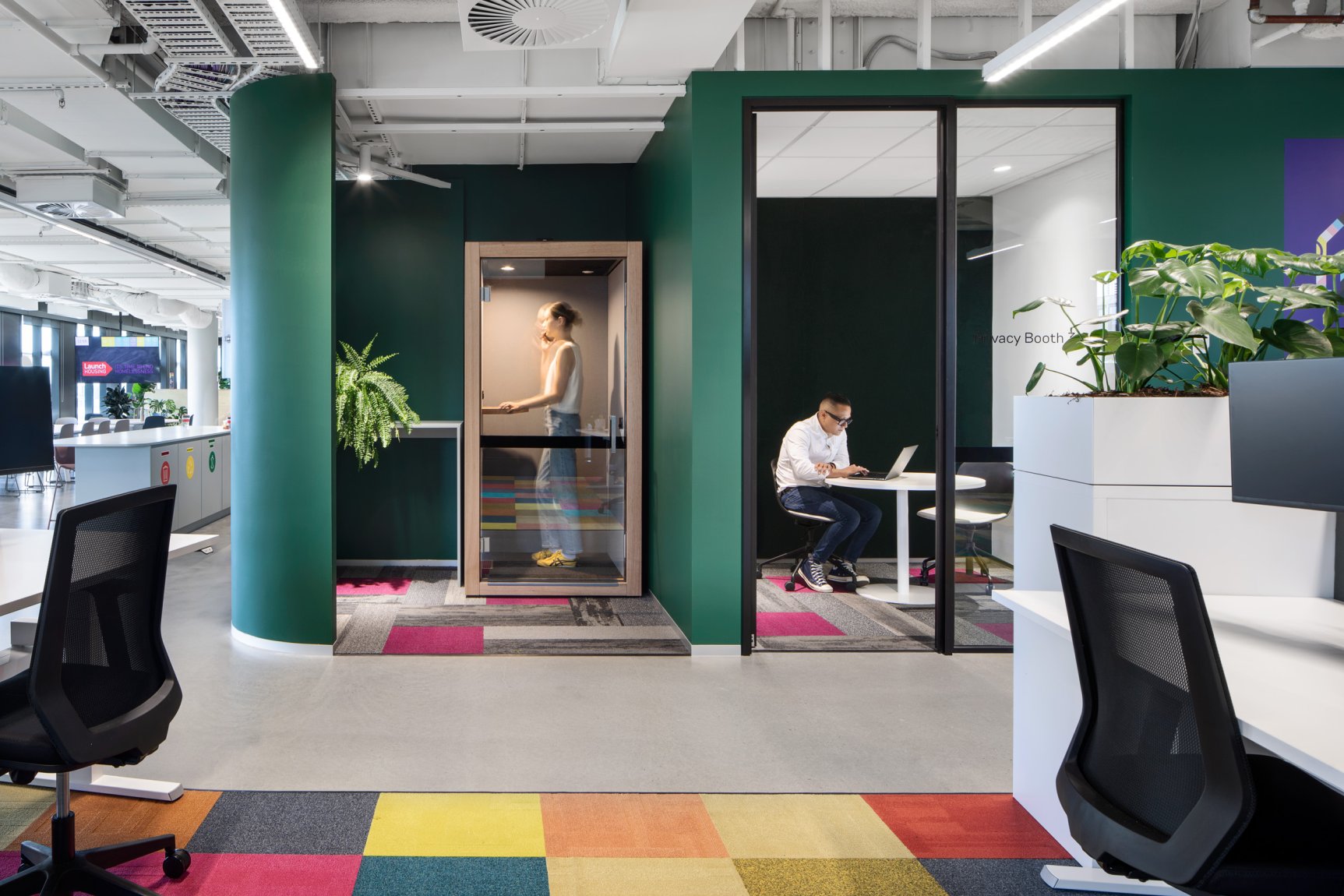1. Build sustainability knowledge across our organisation
Gray Puksand will be undertaking a business-wide sustainability skills and knowledge audit to gain a comprehensive understanding of our current strengths and the highlighted areas to improve upon.
These findings will guide the development of a new staff education and engagement program which will provide access to cutting-edge tools, resources, and knowledge, aiding our staff to achieve the best possible sustainability outcomes.
We engaged with our teams because having a sustainability plan is something they’re really passionate about and want to be involved in. This new program intends to wholly encourage the entire team to expand on their sustainability knowledge, and as a result, be able to deliver more sustainable outcomes in our designs,” said Dale.
2. Deliver projects that begin to set new benchmarks for building performance
A key priority for the immediate future will be developing and embedding a project sustainability framework to act as a set of guiding principles around what sustainable design looks like at Gray Puksand.
Inspired by sustainable processes incorporated into projects such as the CIT Woden Campus, 412 St Kilda Road, and Launch Housing, the principles will work in tandem with our recently implemented design framework to engrain sustainability into our design ethos for every project regardless of budget, sector, and scale.
At CIT Woden, one of GP’s leading sustainable projects to date, the implementation of a hybrid timber and concrete structure resulted in a significant drop in embodied carbon usage across the project. This was one major factor that contributed to the 6-star Green Star design of the campus.
“The design process undertaken for CIT Woden resulted in numerous sustainable design ideas, influenced by a forward-thinking developer and a client that allowed us to shift our thinking dramatically in the way we design for sustainability across all of our projects,” added Dale.








